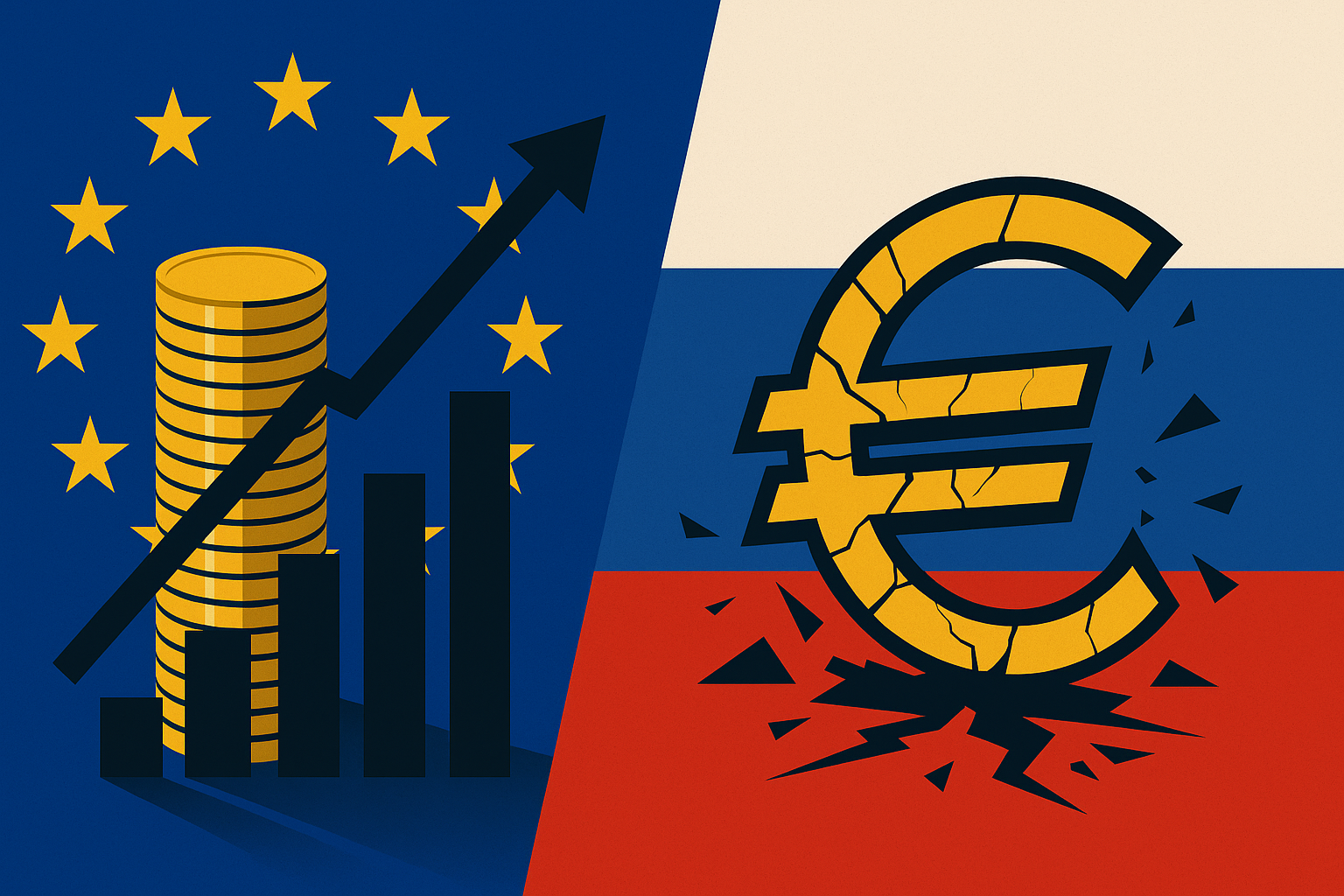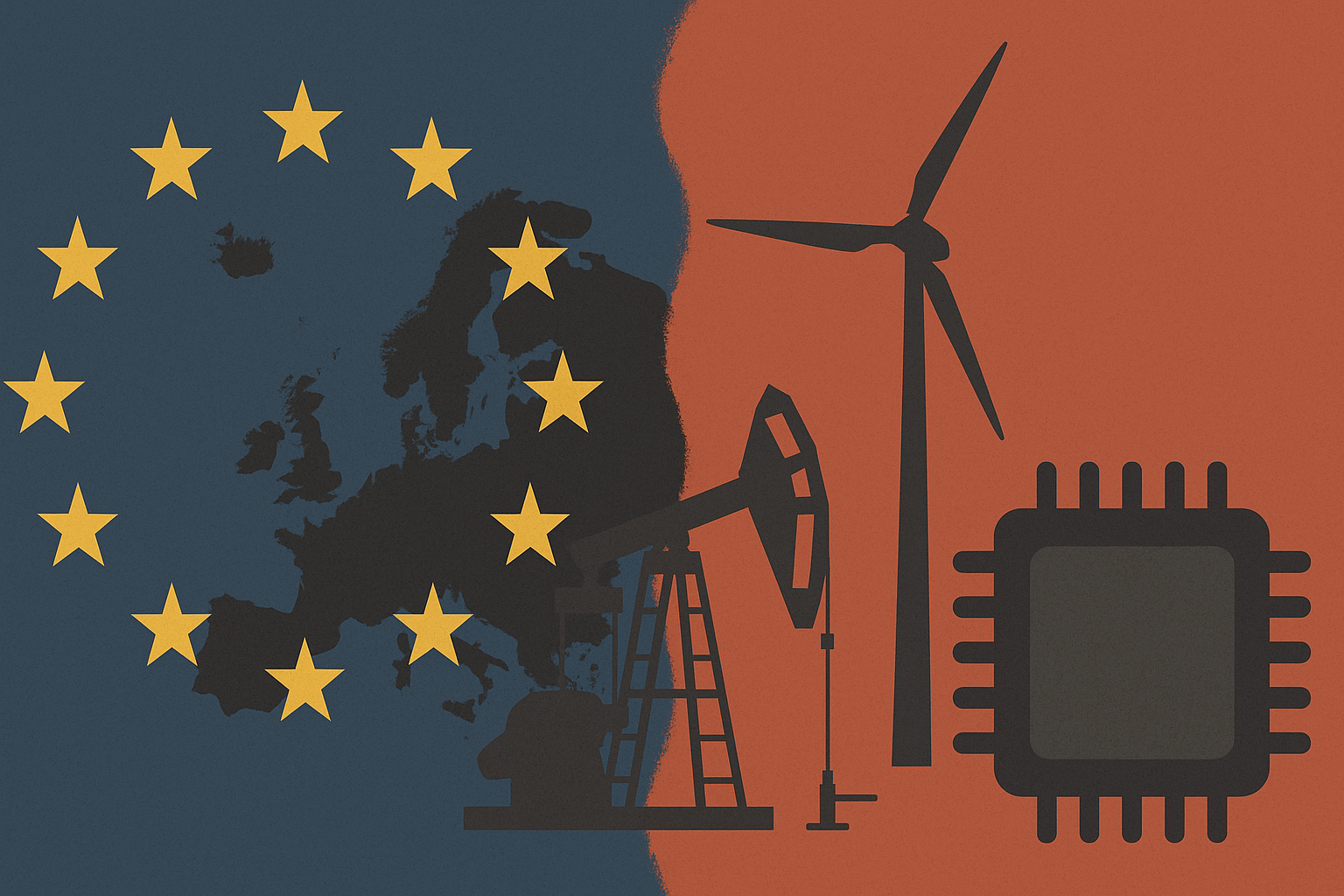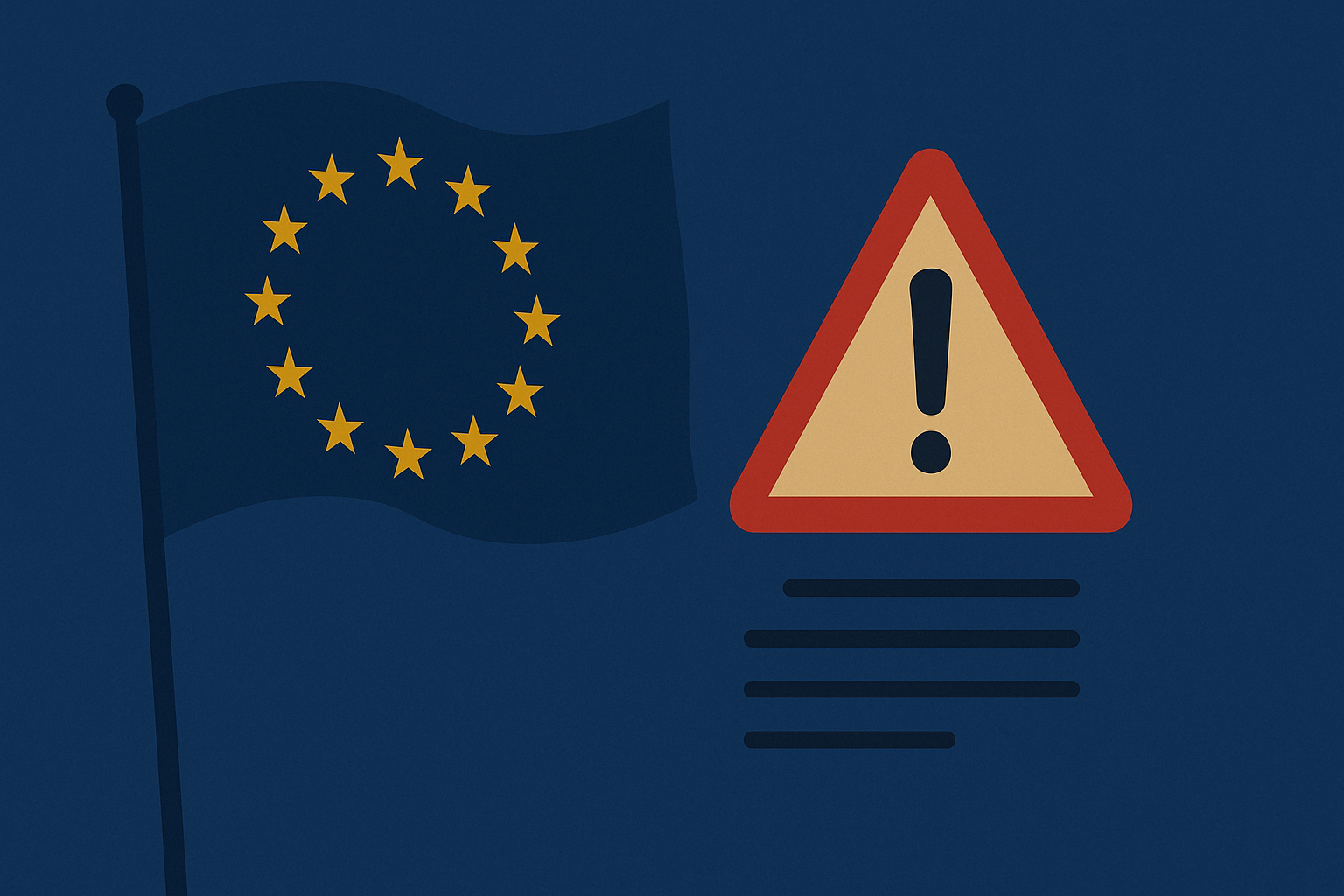Germany’s latest federal election marks a pivotal moment in its political landscape. With high voter turnout and notable shifts in party support, the outcome has significant implications for the future of governance, policymaking, and political alliances. Here are five critical takeaways from this historic election:
1. Conservatives Win Without Strong Mandate
Friedrich Merz’s CDU/CSU bloc emerged as the leading force in the election, giving him a pathway to succeed Olaf Scholz as Chancellor. However, the victory was far from overwhelming. The conservative bloc secured 28.5% of the vote — the second-lowest share in its history and just four points above its worst performance in 2021. This figure also lags behind Angela Merkel’s 2017 result of 32.9%.
Merz now faces a challenging governing environment, especially in trying to amend Germany’s strict “debt brake” to increase defence spending — a move likely to face resistance from both the far-right Alternative for Germany (AfD) and the resurgent far-left Die Linke.
2. The SPD Suffers a Historic Defeat
The centre-left Social Democratic Party (SPD), led by outgoing Chancellor Olaf Scholz, recorded its worst election result since 1887, gaining just 16.4% of the vote. This dramatic decline is widely attributed to voter dissatisfaction with Scholz’s coalition government, which was often gridlocked by disputes among the SPD, Greens, and the Free Democrats (FDP).
The FDP failed to clear the 5% threshold to enter the Bundestag, while the Greens also saw reduced support despite less severe losses.
3. CDU/CSU-SPD “Grand Coalition” Returns — Narrowly
With smaller parties like the FDP and Sahra Wagenknecht’s left-conservative BSW falling short of the parliamentary threshold, the CDU/CSU and SPD now control a combined 328 seats, just 13 more than needed for a majority. This opens the door to reviving the so-called “Grand Coalition,” though the margin is slim and could limit legislative effectiveness.
4. AfD Mobilises Non-Voters and Expands
This election saw the highest turnout since reunification — 82.5% — with the far-right AfD benefiting the most. Approximately 40% of the 4.4 million new votes the AfD received came from citizens who did not vote in 2021.
The AfD also pulled voters from the CDU/CSU (losing 910,000 voters to AfD) but gained over 1 million from the pool of former non-voters.
5. Far-Right Rises in the East, Far-Left Gains Among Youth
The AfD dominated in eastern German states, securing the most direct mandates. While it didn’t win a western constituency directly, it topped party list votes in working-class cities like Gelsenkirchen and Kaiserslautern, areas hit hard by deindustrialization and historically loyal to the SPD.
Meanwhile, among younger voters, the far-left Die Linke made surprising gains, propelled by charismatic chancellor candidate Heidi Reichinnek, who appealed to youth through TikTok and an unconventional personal image. Political scientist Anna-Sophie Heinze noted that Die Linke successfully mobilized the youth vote, challenging the AfD’s previous digital dominance.
Conclusion
Germany’s political landscape is entering a new and unpredictable phase. The weakening of traditional centrist parties, the rise of both the far right and far left, and a fragmented parliament signal a complex path ahead for coalition-building and policymaking. Chancellor-designate Friedrich Merz must now navigate a volatile political terrain, balancing public expectations with coalition constraints, in what promises to be a defining period for Germany’s future.








